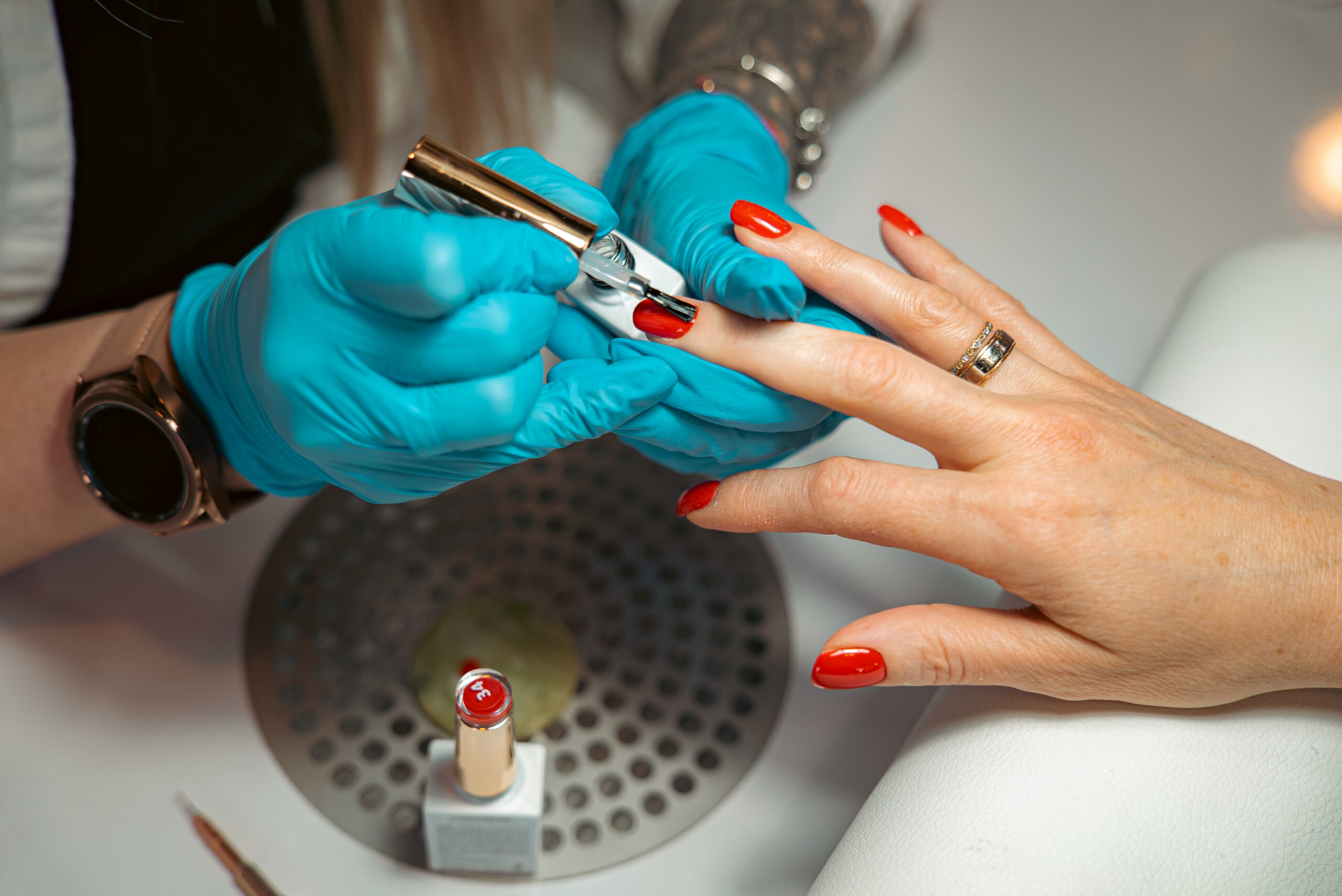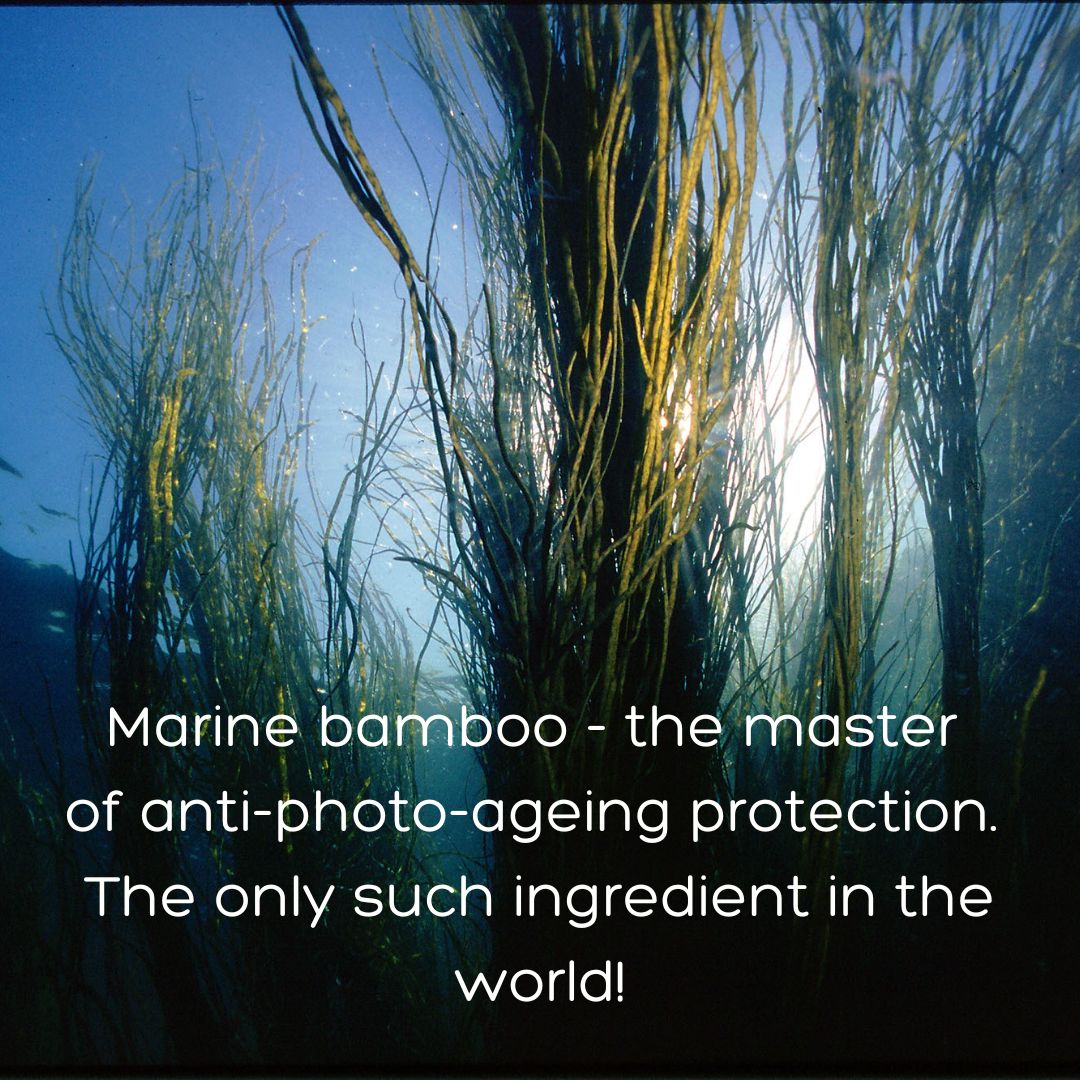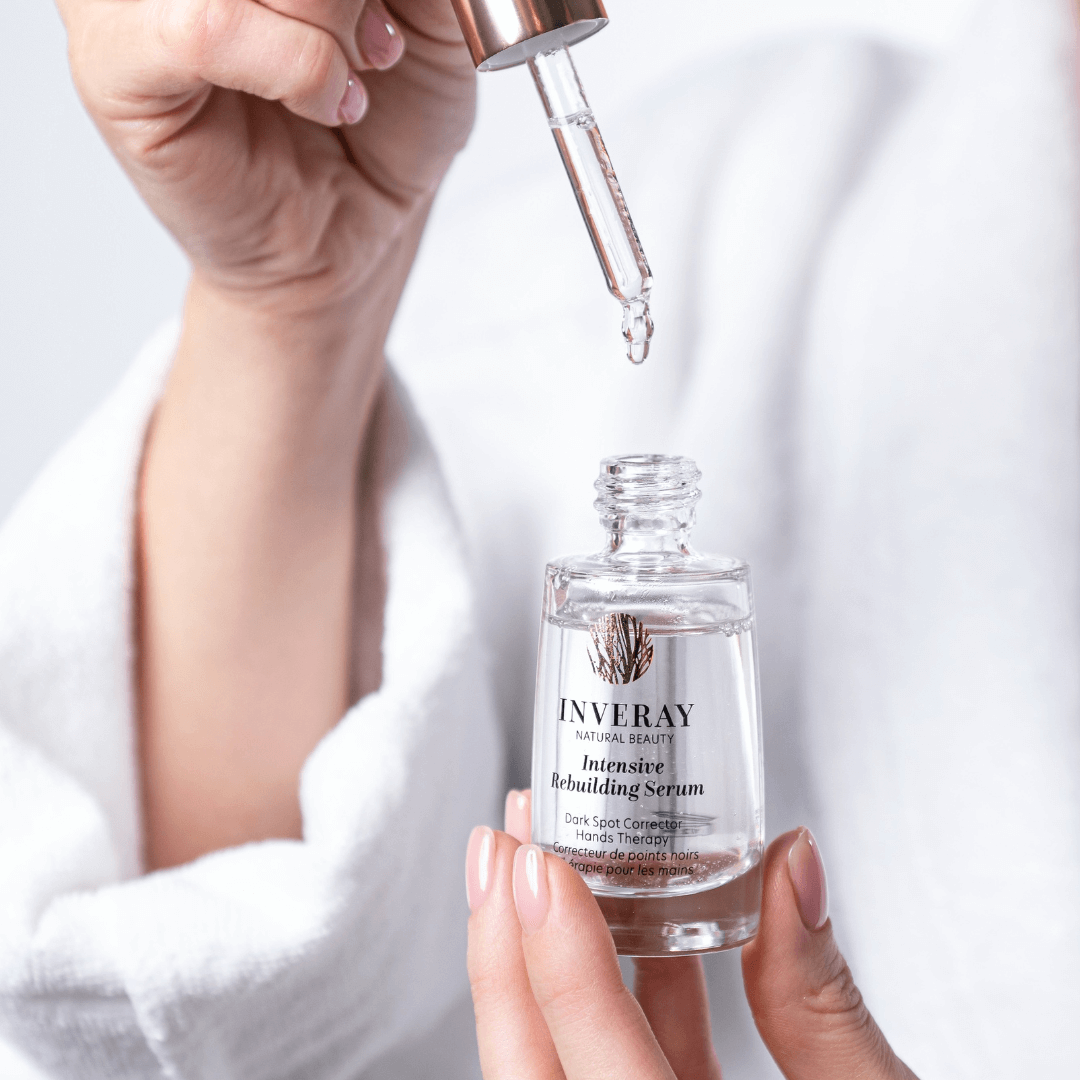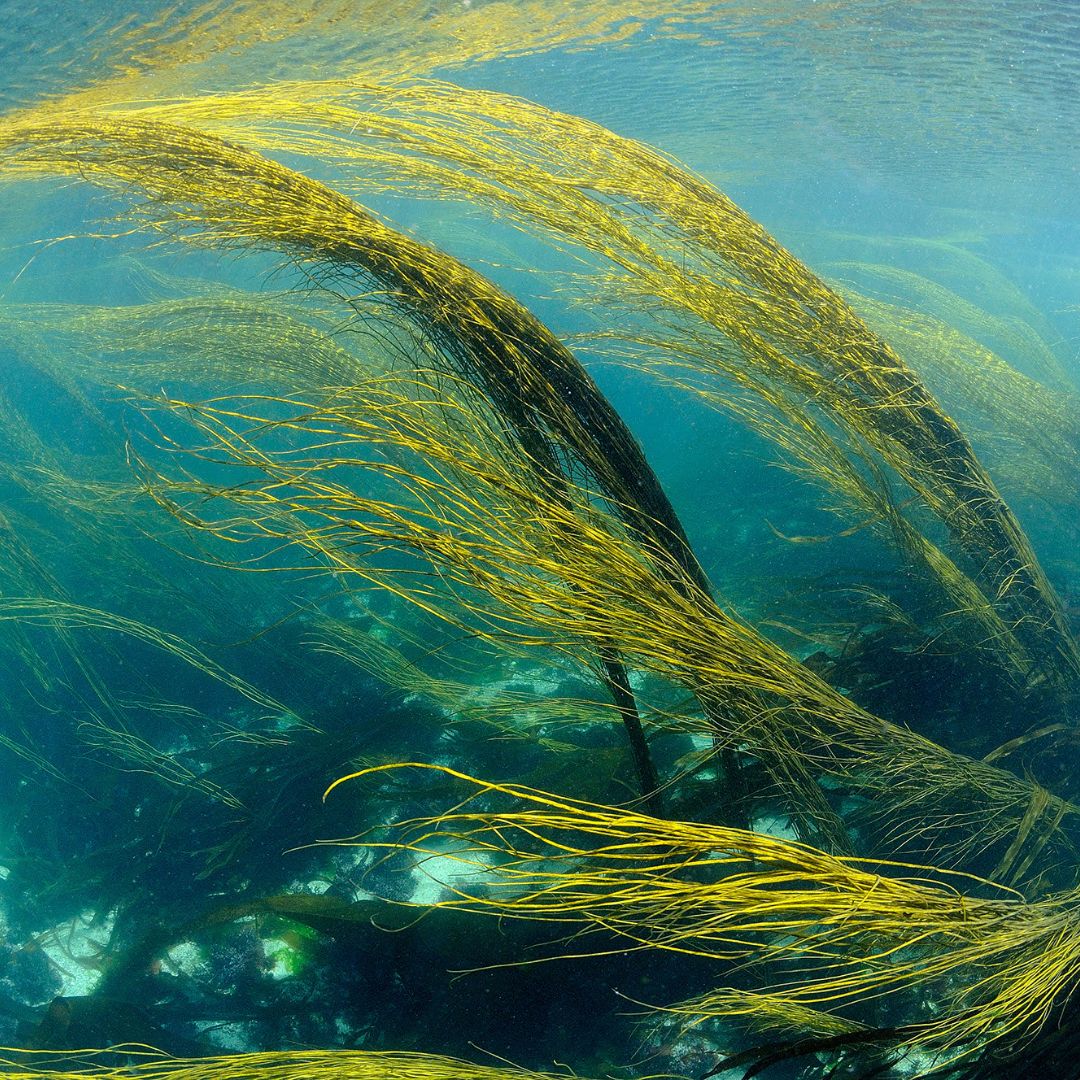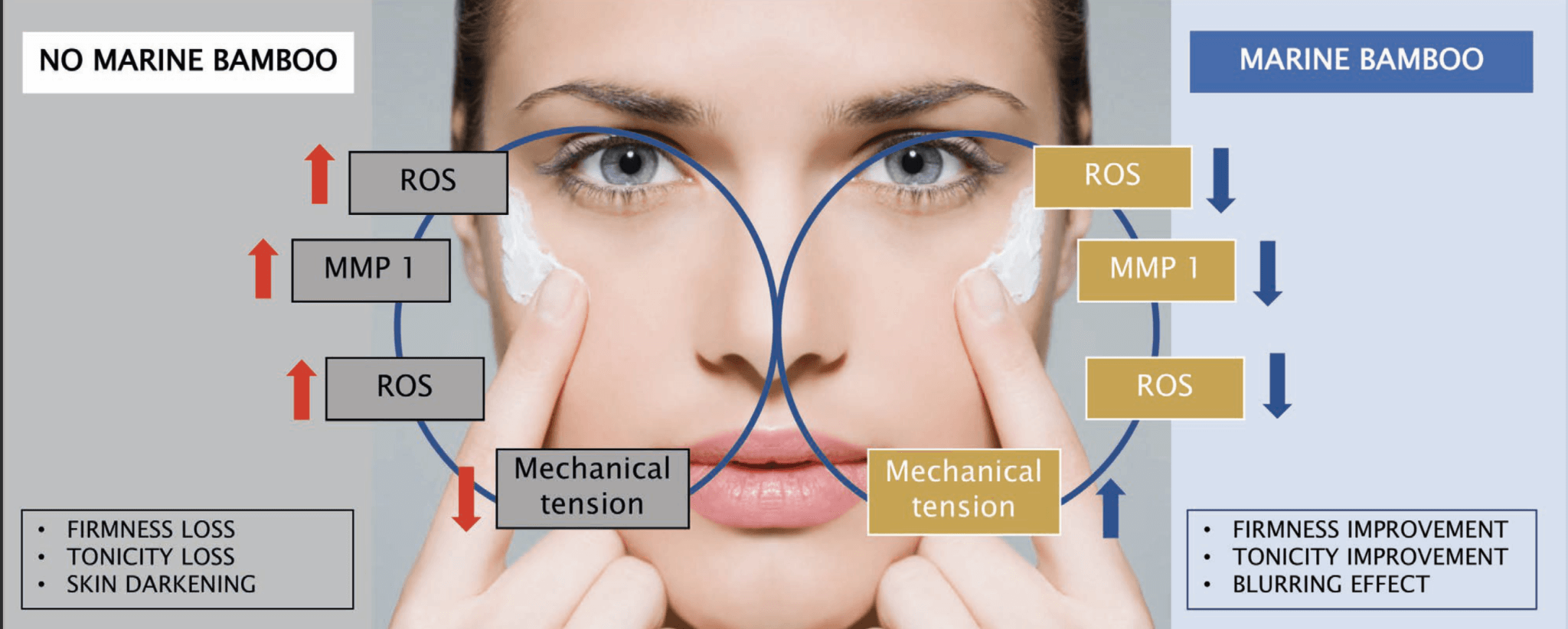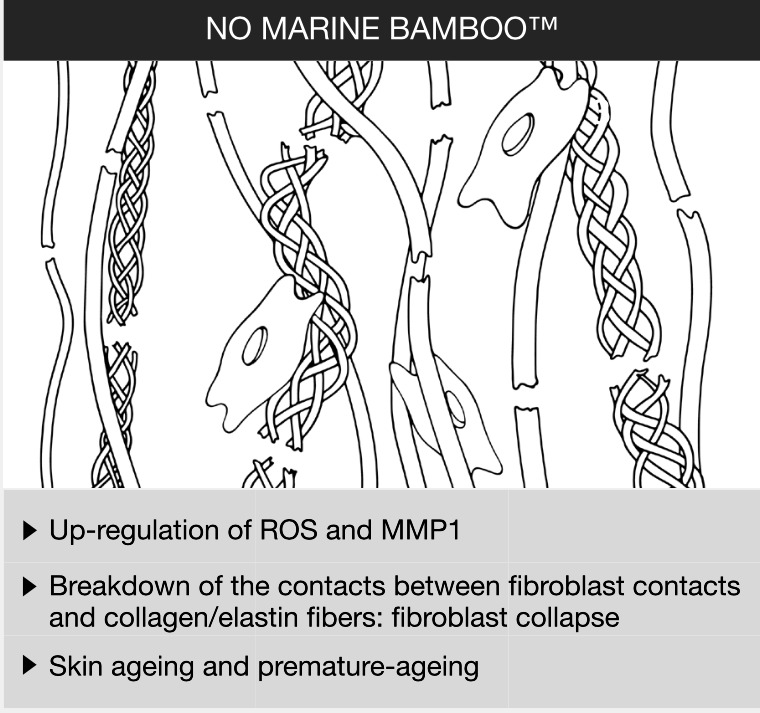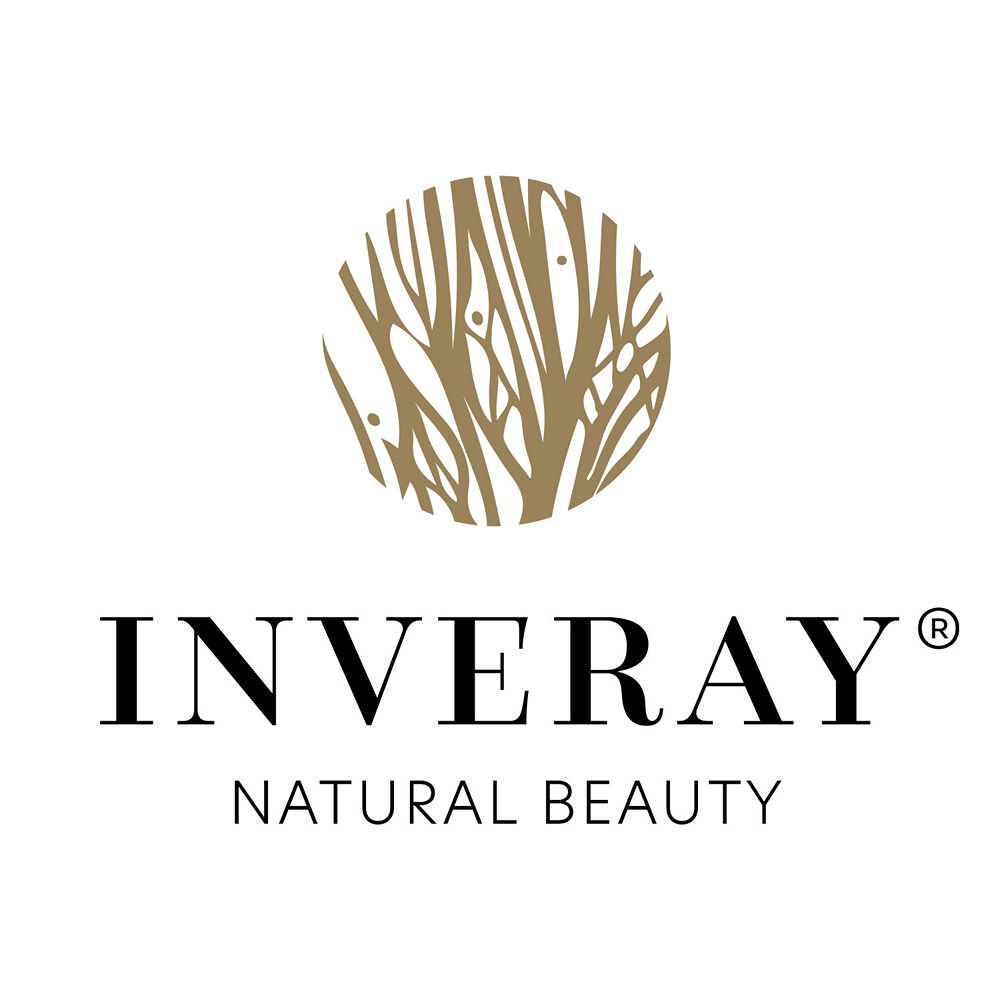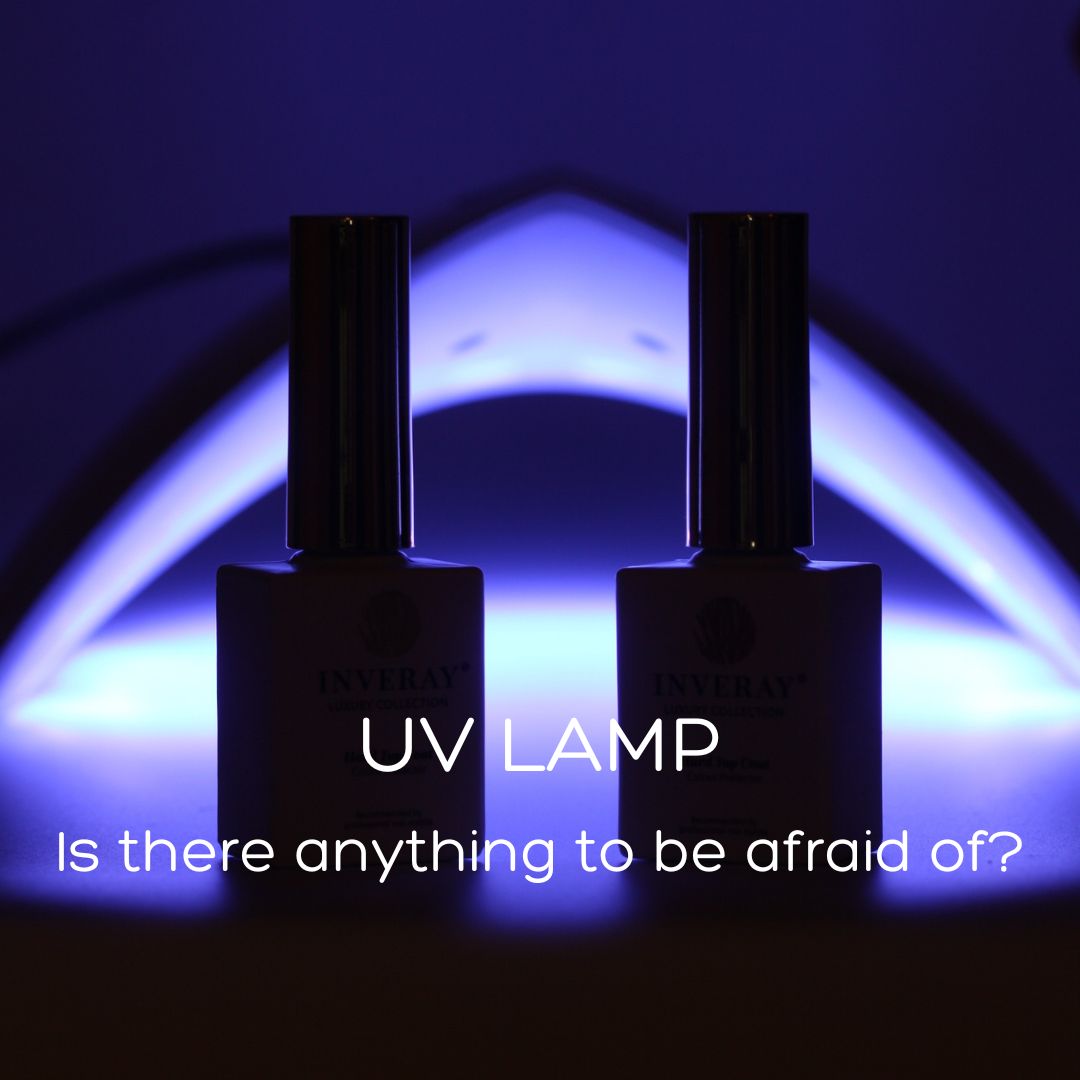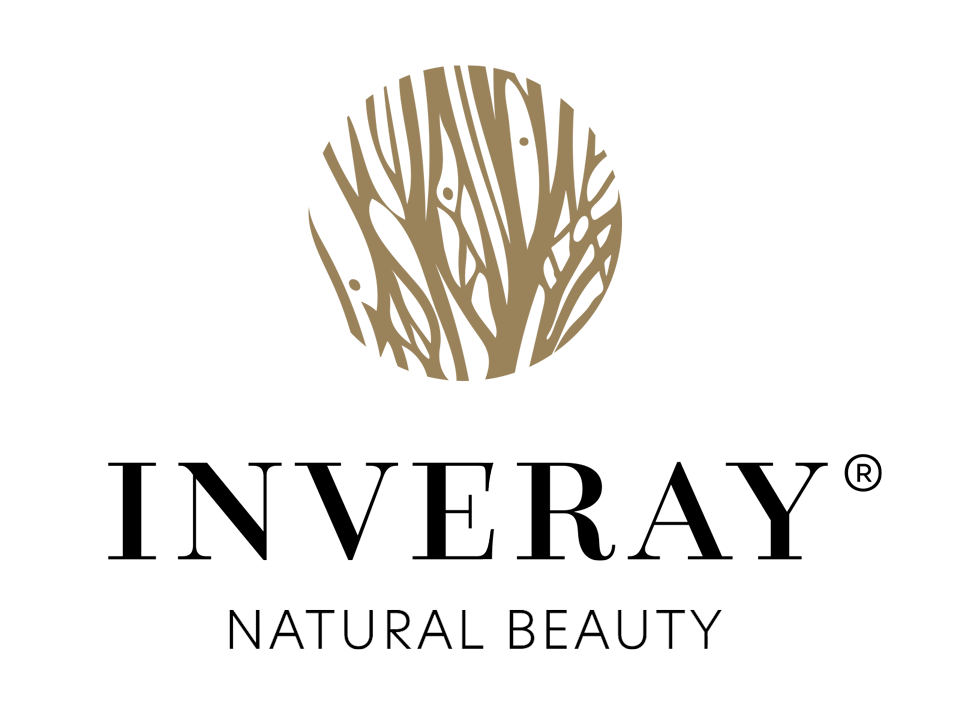FREZARKA DO PAZNOKCI TO URZĄDZENIE…
W dobrze wyposażonym salonie urody nie brakuje narzędzi ułatwiających proces stylizacji paznokci. Jednym z takich urządzeń jest frezarka używana do manicure i pedicure. Frezarka do paznokci to urządzenie, które częściowo zastąpiło pilnik szczególnie w trudno dostępnych miejscach paznokcia. Są dużym ułatwieniem w pracy doświadczonych stylistów paznokci. Przyczynia się też do opracowywania okolic skórek oraz matowienia płytki. Wybór pracy z frezarką jest szczególnie trafny przy ściąganiu masy żelowej czy akrylowej, usuwaniu masy hybrydowej lub podczas zmiany lakieru hybrydowego.
- Frezarki do paznokci są używane głównie przez profesjonalistów, takich jak kosmetolodzy, stylistki paznokci i pedikiurzystki
- Mogą być również używane przez osoby wykonujące manicure i pedicure w domu, o ile posiadają odpowiednią wiedzę i umiejętności, aby używać ich bezpiecznie.
- Jeśli chcesz posługiwać się frezarką do obróbki paznokci musisz poznać odpowiednie techniki, ale także podjąć środki ostrożności, aby uniknąć obrażeń
- Przy stosowaniu frezów ważne jest, aby stosować się do zaleceń producenta i zachować ostrożność, aby uniknąć uszkodzeń paznokci lub skóry.
KOŃCÓWKI DO FREZARKI – Z CZEGO WYKONANE
Aby bezpiecznie używać frezarki w gabinecie kosmetycznym czy też w zaciszu domowym musisz zapoznać się z rodzajami frezów, materiałem z którego zostały wykonane, ich kształtem i do czego służą. Końcówki frezów do paznokci naturalnych, skórek oraz usuwania nierówności z płytki mogą być wykonane z różnych materiałów, a ich rodzaje zależą głównie od przeznaczenia i sposobu użytkowania. Oto kilka informacji na temat jakie powinnaś wybrać frezy do paznokci i jakie są najpopularniejsze rodzaje frezów oraz materiały, z których mogą być wykonane:
- Frezy ze stali węgllowej mają końcówki metalowe, które zostały wykonane ze stali węglowej, są trwałe i wytrzymałe, zwykle stosowane są do prac precyzyjnych
- Bardziej odporne na korozję niż stal węglowa są końcówki ze stali nierdzewnej co sprawia, że są łatwiejsze w utrzymaniu.
- Końcówki ze stali chirurgicznej są bardzo trwałe, hipoalergiczne i często używane w salonach kosmetycznych
- Bardzo trwałe są frezy diamentowe wykonane ze stali nierdzewnej pokrytej warstwą diamentowego pyłu, idealne do precyzyjnego i szybkiego skracania i formowania paznokci.
- Doobróbki paznokci warto wybrać frezy ceramiczne wykonane z twardych materiałów ceramicznych, odpornych na ścieranie i korozję. Zapewnia delikatne obrabianie paznokci, usuwanie skórek z płytki, są idealne do polerowania i wykańczania.
- Końcówki karbidowe zawierają węglik spiekany, który jest bardzo twardy i trwały. Doskonale sprawdzają się do usuwania żelu, akrylu i innych materiałów budujących paznokieć.
- Frezy z węglika spiekanego to tzw. frezy karbidowe lub powszechnie nazywane “widią” produkowany z różnych węglików metali takich jak tytan czy wolfram.
- Miękkie i elastyczne końcówki gumowe, silikonowe, filcowe, piankowe służą głównie do wygładzania i polerowania powierzchni paznokci.
KOŃCÓWKI DO FREZARKI – KTÓRĄ DO CZEGO
Poznaliśmy już materiały z których zrobione są frezy, teraz skupimy się na kształtach frezów, powiemy do czego służą oraz jakie wybrać frezy i wykorzystać przy obróbce płytki paznokci. Które frezy do czego służą i jakie frezy do paznokci wybrać? Wybór zależy od Ciebie ale też od rodzaju pracy, którą chcesz wykonać, oraz od indywidualnych preferencji i Twoich doświadczeń. Zapewne wiesz że frezy do paznokci różnią się w wielu aspektach.
Najczęściej używane rodzaje frezów:
- Kształt frezu, który wybierzesz do obróbki paznokci ma duże znaczenie, a do najczęściej używanych należą te w kształcie kulki, walca i stożka.
- Jeśli chcesz opracować miejsca trudno dostępne wybierz frezy stożkowe – frez szpic są idealne do obróbki skórek i wygładzania powierzchni paznokcia,
- Frezy w kształcie walców inaczej cylindra ułatwią Ci ściąganie hybrydy i żelu bądź masy akrylowej
- Delikatnym frezem w ksztalcie kulki opracujesz skórki od płytki paznokcia i niewielkice nierówności.
KOŃCÓWKI DO FREZARKI KTÓRĄ DO CZEGO
Poniżej przedstawimy Ci podstawowe frezy do paznokci, jakie wybrać i do czego używać frezów do paznokci. Podane niżej kształty stanowią tylko część dostępnych na rynku, ale są to jedne z najczęściej spotykanych w salonach urody zajmujących się manicure i pedicure.
- Frez ceramiczny w kształcie walca czy jak kto woli cylindra wykorzystasz do opracowywania skórek i wygładzania większych powierzchni hybryd oraz do usuwania martwego naskórka wokół paznokci. To najczęściej frez wykonany z najwyższej jakości materiałów: tlenku cyrkonu oraz stali nierdzewnej. Te frezy posłużą Ci do ściągania lakierów hybrydowych, żeli czy akryli. Odpowiednia ilość ząbków i najczęściej uniwersalna średnica trzpienia sprawia, że pasuje do każdej frezarki. Dodatkowo podczas pracy nie przenosi drgań i ciepła.
- Podstawowe diamentowe frezy w kształcie kulki dzięki swej delikatności posłużą Ci do opracowania skórek i usuwania martwego naskórka. Frezy do skórek pomagają pozbyć się złogów oraz skórek przy bocznym wale paznokciowym i obrąbku paznokcia. Wybierając frezy zabiegi pielęgnacyjno przygotowawcze możesz wykonać w profesjonalnym salonie ale taże podczas samodzielnego wykonywania manicure. Przy użyciu odpowiednich frezów możesz usunąć zrogowaciały naskórek. Tu niezbędny będzie mocny frez oznaczony odpowiednim kolorem.
- Frez w kształcie stożka (tzw frezy szpiczaste) przeznaczony do opracowywania i modelowania kształtu paznokci, szczególnie przy budowaniu paznokci żelowych lub akrylowych. Frezy stożkowe mogą być wąskie oraz okrągłe, najczęściej używane są do nadawania kształtu paznokciom, opracowywania skórek oraz matowienia płytki. Frez stożkowy dzięki swej konstrukcji pozwoli Ci skupić się na konkretnej części paznokcia. Z ich pomocą usuniesz również wszelkie zrogowacenia czy niedoskonałości. Możesz uznać je zatem za frezy do polerowania paznokci oraz ich kształtowania w przygotowaniu paznokci do aplikacji bazy hybrydowej, żelu lub akrylożelu
- Frez do pedicure – Specjalnie zaprojektowany do pracy na paznokciach stóp, często ma większą średnicę i mocniejszą strukturę. Najlepszym typem końcówki diamentowej do usuwania zrogowaciałego naskórka jest końcówka cylindryczna lub płaska. Te końcówki są odpowiednio ostre i umożliwiają precyzyjne usuwanie martwego naskórka z powierzchni stóp. Najlepszym typem końcówki diamentowej do usuwania zrogowaciałego naskórka jest końcówka cylindryczna lub płaska.
- Kształtowanie paznokci: Zarówno frez płaski, jak i w kształcie kulki, możesz użyć do kształtowania paznokci, na przykład nadawania im określonego kształtu, takiego jak kwadratowy, okrągły, migdałowy itp. Frez płask i w kształcie kulki, mogą też być stosowane do delikatnego usuwania żelu lub akrylu z paznokci. Jest to szczególnie przydatne przy przeprowadzaniu zabiegów uzupełniania hybrydowych paznokci.
- Frez diamentowy – posiada powłokę diamentową jest narzędziem stosowanym podczas manicure i pedicure do precyzyjnego skracania, kształtowania i pielęgnacji paznokci. Możesz go wykorzystać przede wszystkim do usuwania nadmiaru materiału z płytki paznokcia, szczególnie przy modelowaniu paznokci żelowych lub akrylowych. Frez diamentowy jest skuteczny i trwały dzięki zastosowaniu diamentowego okładu na jego powierzchni, co pozwala mu łatwo przecinać i obrabiać paznokcie, jednocześnie zapewniając precyzję i kontrolę nad procesem.
- Frezy do polerowania – frezy do paznokci różnią się materiałem z którego są wykonane. Aby nadać płytce połysk i gładkość frezy do paznokci, które służą do polerowania i wygładzania mają okrągły kształt i wykonane są z materiałów, które delikatnie ścierają paznokcie. Mogą być z miękkiego materiału, często z pianki lub filcu ale także z gładkiej ceramiki. Spotyka się również diamentowe frezy do paznokci składające się drobnych diamentowych kryształków, które delikatnie usuwają nierówności i nadają paznokciom połysk.
KOŃCÓWKI DO FREZARKI KTÓRĄ DO CZEGO MOŻESZ UŻYĆ- KOLORY
Gradacja frezu czyli tzw napylenie końcówki najczęściej oznaczone jest kolorami:
- Frezy oznaczone kolorem żółtym są najdelikatniejsze i służą do opracowywania i usuwania skórek
- Frezy czerwony – do czego? Te frezy są uniwersalne, raczej delikatne ale za ich pomocą bez problemu usuniesz nabłonek, podniesiesz skórkę, wytniesz ją a także opracujesz wały i boczne zatoki paznokcia
- Frezy niebieskie posiadają średniej gubości napylenie na końcówkę, często używane są do zgrubiałej i mniej delikatnej skóry
- Frezy zielone majądość agresywne napylenie najłatwiej usuwa zrogowaciały naskórek w okolicach pięt
- Frez czarny to ten najmocniejszy, najbardziej agresywny jest rzadko używany raczej rzadko używany. Pomaga w usuwaniu masy,bardzo grubej warstwy żelu bądź akrylu.
- Czasem frezy oznaczone są dwoma kolorami np. czerwonym i niebieskim. Oznacza to, że grubość napylenia lub wielkość noży jest wieksza niż u freza czerwonego ale mniejsza niż u niebieskiego.
Zapewnienie bezpieczeństwa podczas obróbki paznokci frezami wymaga ostrożności i odpowiedniej wiedzy. Pamiętaj, żeby nigdy nie ryzykować zdrowia ani bezpieczeństwa w imię estetyki. Jeśli nie masz pewności co do swoich umiejętności, lepiej skorzystać z usług profesjonalisty.

